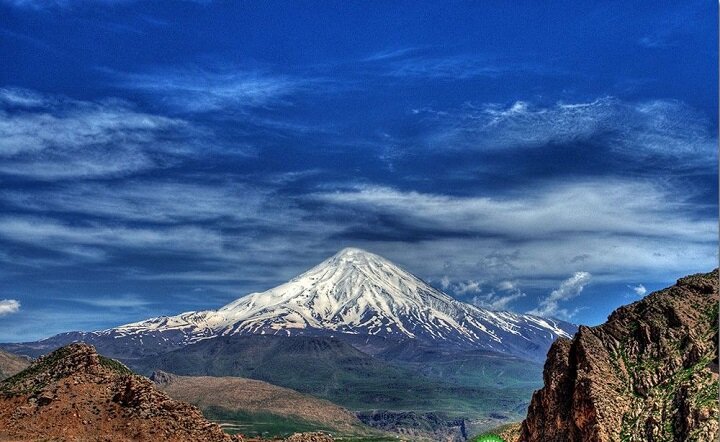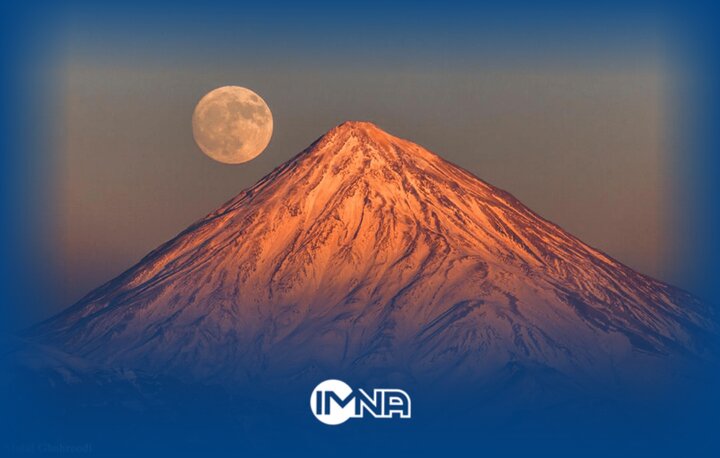Iran (IMNA) - As the world rapidly becomes more urbanized, skyscrapers seem to be the "mountains" that many people often deal with. But our natural mountain ecosystems are even more important. Their significance is profound, deeply ingrained in environmental ecosystems.
Mountains are more than just gorgeous scenery; they are essential to the health of our world. Mountains, which make up 27% of Earth's surface, are essential habitat regulators, biodiversity hotspots, and water towers. However, dangers always exist for mountains despite their kindness.

Climate Change and Human Activities Imperil Mountains
Mountainous areas are particularly vulnerable to climate change, and they offer some of the most glaring signs of it. Extreme weather phenomena like snow avalanches and landslides are expected to become more frequent as a result of climate change.
Human activities like mining and other industrial operations may permanently harm mountain ecosystems. Deforestation, overexploitation and infrastructural development are other factors that human intervention is changing natural environments, frequently causing serious harm to mountains, and Iran's Damavand is no exception.
This globally known mountain, which represents Iranian identity in Persian mythology and folklore, is a potentially active stratovolcano rising to a height of up to 18,600 feet (5,670 m). It is the highest peak in Iran and the highest volcano in Asia, and in Persian poetry and literature, it represents Iranian resistance against foreign rule and despotism.
Mount Damavand, the second most famous summit in Asia after Mount Everest, is situated in Amol County, Mazandaran province, in the midst of the Alborz range, close to the southern shore of the Caspian Sea. Damavand, the 3rd highest volcano of the seven volcanic summits, is ranked as the 12th most notable peak in the world.

Damavand Day: A Call to Action for Sustainability as Iran's Iconic Volcano Faces Threat of Human Impact
In light of the mountain's significance, Environmentalists declared July 4th as Damavand Day to draw attention to the mountain's significance in protecting the region's priceless biodiversity.
Goats, rams, and sheep are among the many species that inhabit the Damavand land. However, because of human activity and the abundance of cattle in the pasture, their habitat is shifting toward the top of the mountain, where these species are in danger due to a lack of food.
Ranchers further contribute to the destruction of the mountain's environment by using precious plants as fuels to create food, on top of the overgrazing of animals.
In addition to being a contributing factor to erosion and desertification, overgrazing lowers the land's production, usability, and biodiversity. Overgrazing is thought to be a contributing factor in the spread of invasive weeds and non-native plant species.
The root system is also irreversibly damaged by overgrazing. The reduced leaf surface area makes it impossible for photosynthesis to occur and produce enough energy to sustain the root system. Consequently, plant root health will gradually deteriorate. Moreover, after just two years of overgrazing, the species composition of the pasture will start to change. Weed and forb growth will rise as a result of this.

The threats that have been imposed on Damavand are not limited to indirect human intervention. Even people's leisure activities also bring hazards to this mountain.
Due to its popularity, Damavand also frequently bear the burden of careless travel. Promoting eco-friendly tourism behaviors is crucial. Some of them include using local resources sensibly, and staying on designated routes. Among the important measures to be taken to mitigate the negative impact of human activities on the environment of Damavand are establishing visitor limits, limiting the expansion of hiking trails, encouraging people to keep the mountain clean, and requiring them to collect their garbage.
The preservation of this magnificent ecosystem requires stringent laws and supervision. A balance between development and conservation may be achieved by using sustainable extraction techniques and giving priority to renewable resources over non-renewable ones.


Your Comment